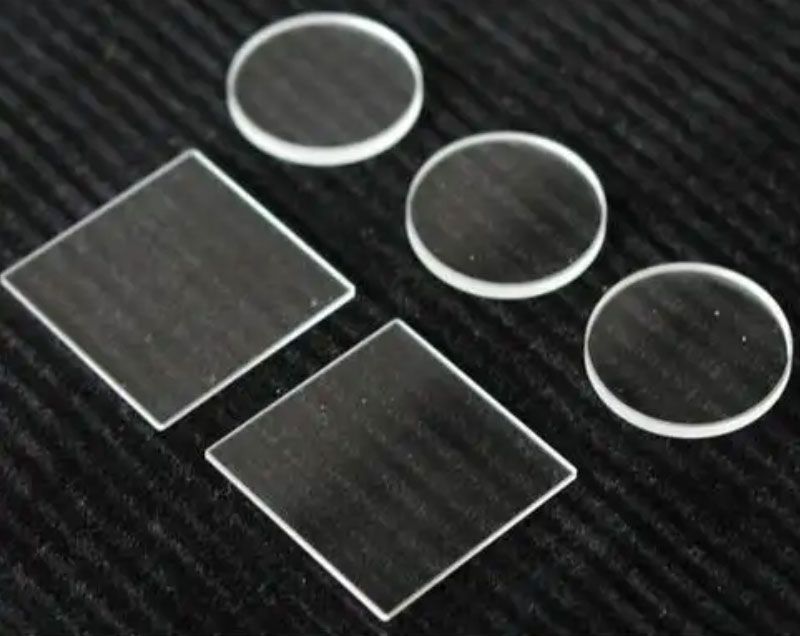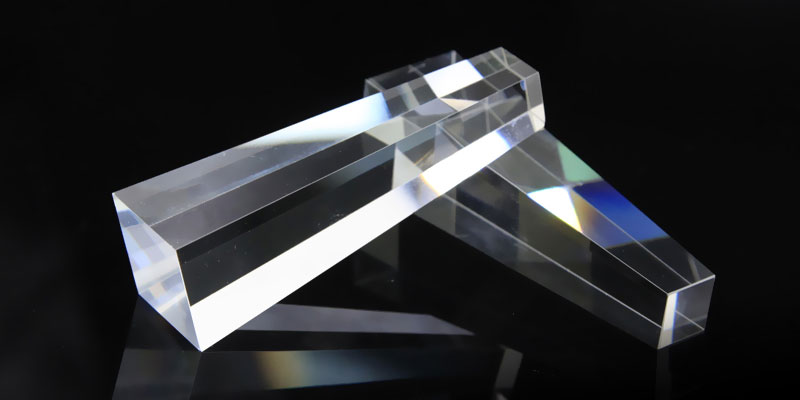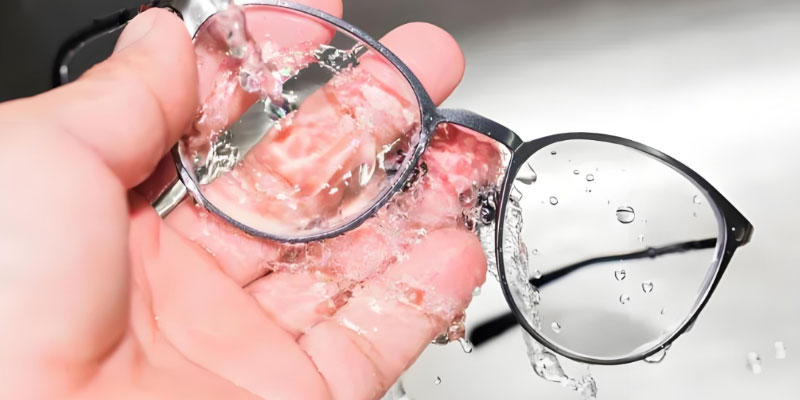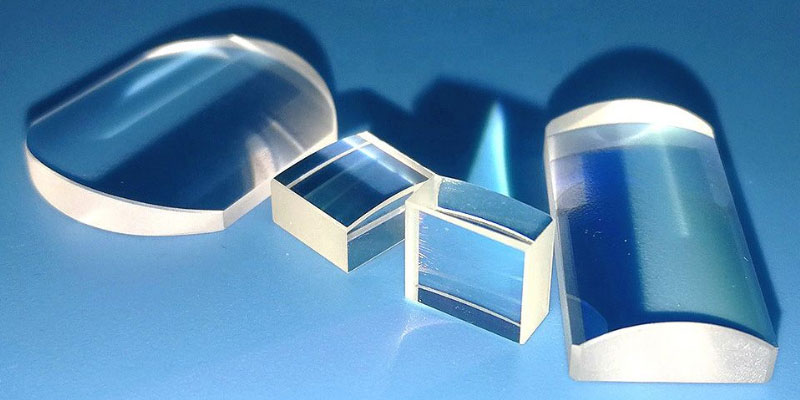
1.Calcium Fluoride(Caf2)
Calcium fluoride is a colourless crystalline substance soluble in water. It serves as a common additive in toothpaste and drinking water. With a caf2 molar mass of 78.08 g/mol and chemical formula CaF₂, its crystal structure belongs to the cubic system, wherein each calcium ion is surrounded by eight fluorine ions.
Calcium fluoride exhibits high stability, withstanding high temperatures and acidic environments. It possesses excellent thermal stability, remaining stable at elevated temperatures. In chemical reactions, calcium fluoride acts as an alkaline substance, reacting with acidic compounds to neutralise acidity. Furthermore, calcium fluoride is utilised in the smelting processes for metals such as aluminium, steel, and copper.
2.Magnesium Fluoride(Mgf2)
Magnesium fluoride is a colourless crystalline substance soluble in water. Its molar mass is 62.30 g/mol, with the chemical formula MgF₂. The crystal structure of magnesium fluoride is cubic, with each magnesium ion surrounded by eight fluorine ions.
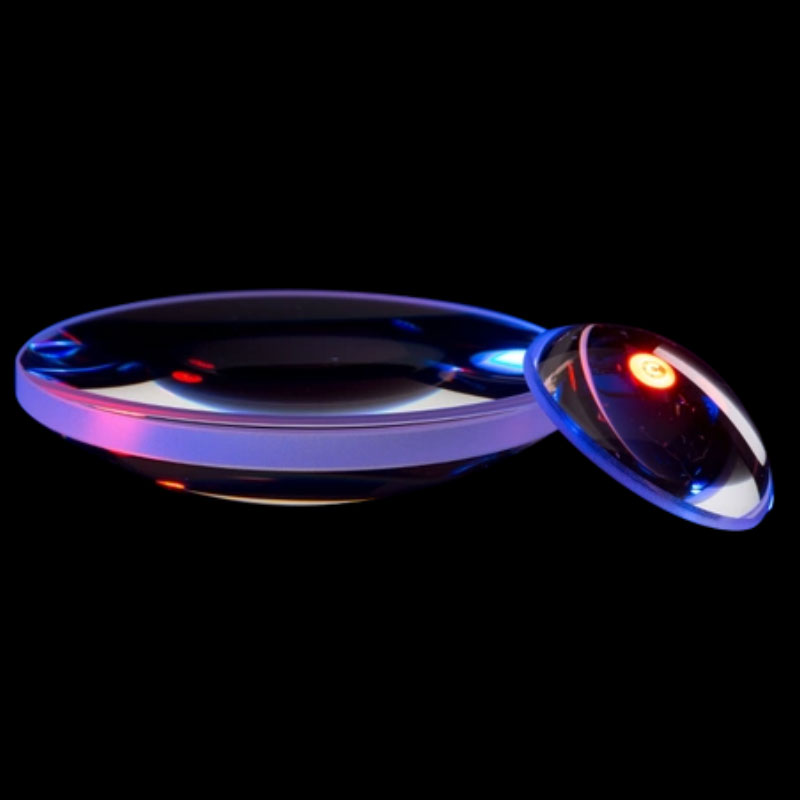
Magnesium fluoride exhibits high stability and can withstand high temperatures and acidic environments. Like calcium fluoride, magnesium fluoride is an alkaline substance capable of neutralising acids. Furthermore, it finds extensive applications in the production of aluminium, metal alloys, and chemicals.
3.Barium Fluoride(Baf2)

Barium fluoride is a white crystalline substance with the chemical formula BaF₂ and a molar mass of 175.33 g/mol. Like magnesium fluoride, barium fluoride is a stable compound capable of withstanding high temperatures and acidic environments, though it is insoluble in water.
Due to structural differences, calcium fluoride, magnesium fluoride, and barium fluoride exhibit distinct physical and chemical properties. Barium fluoride possesses a relatively low melting point owing to its larger ionic radius and comparatively weaker van der Waals forces, whereas calcium fluoride exhibits a higher melting point. Furthermore, differing interactions between fluoride ions and calcium, magnesium, or barium ions result in calcium fluoride and magnesium fluoride being soluble in water, whereas barium fluoride is not.
In summary, although calcium fluoride, magnesium fluoride, and barium fluoride are all fluorine-containing compounds, they exhibit distinct chemical properties and stabilities. Selection and application should be based on specific requirements.
optlenses
Related posts
Activity 11 Optics Of The Human Eye
What is The Surface Area of This Rectangular Prism Brainly?
How to Get Super Glue Off Eyeglass Lenses?
Why are Some Phone Companies Copying Iphone Camera Lenses?
